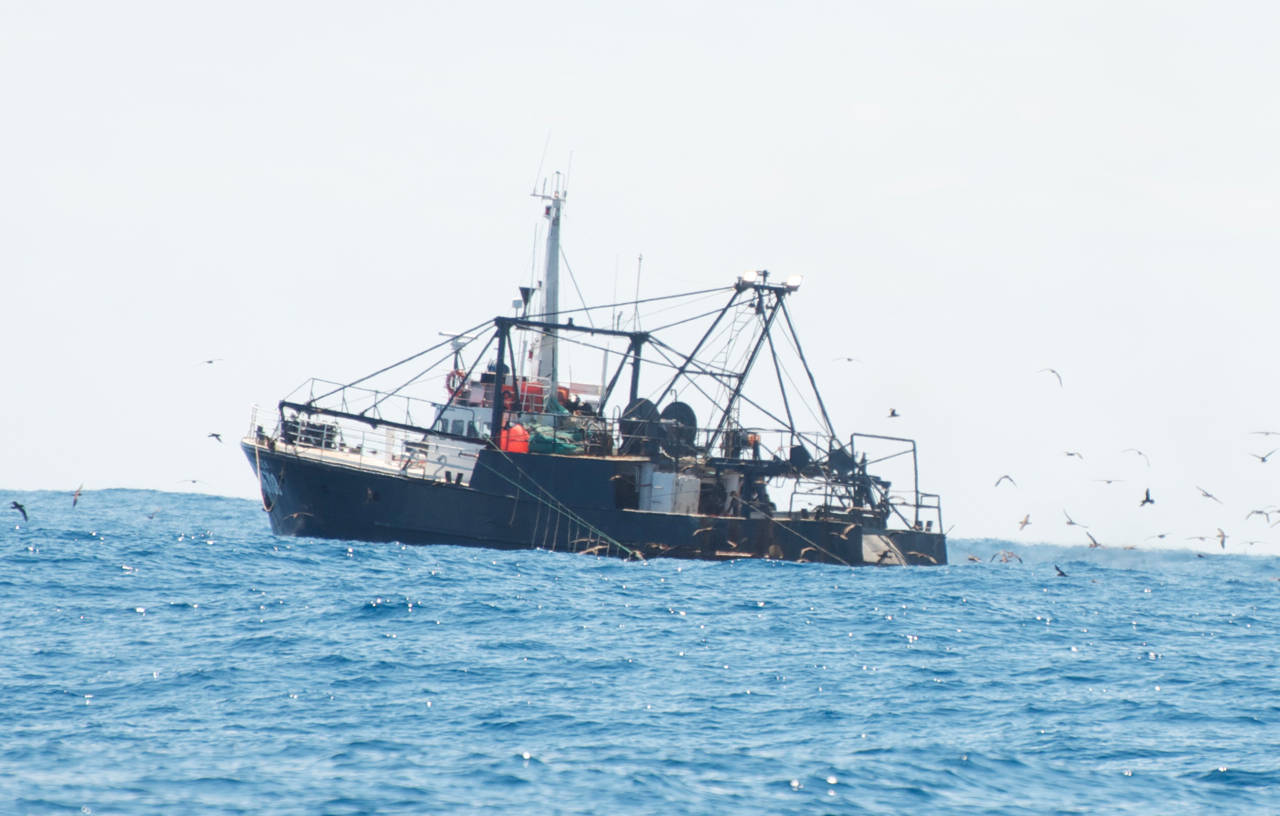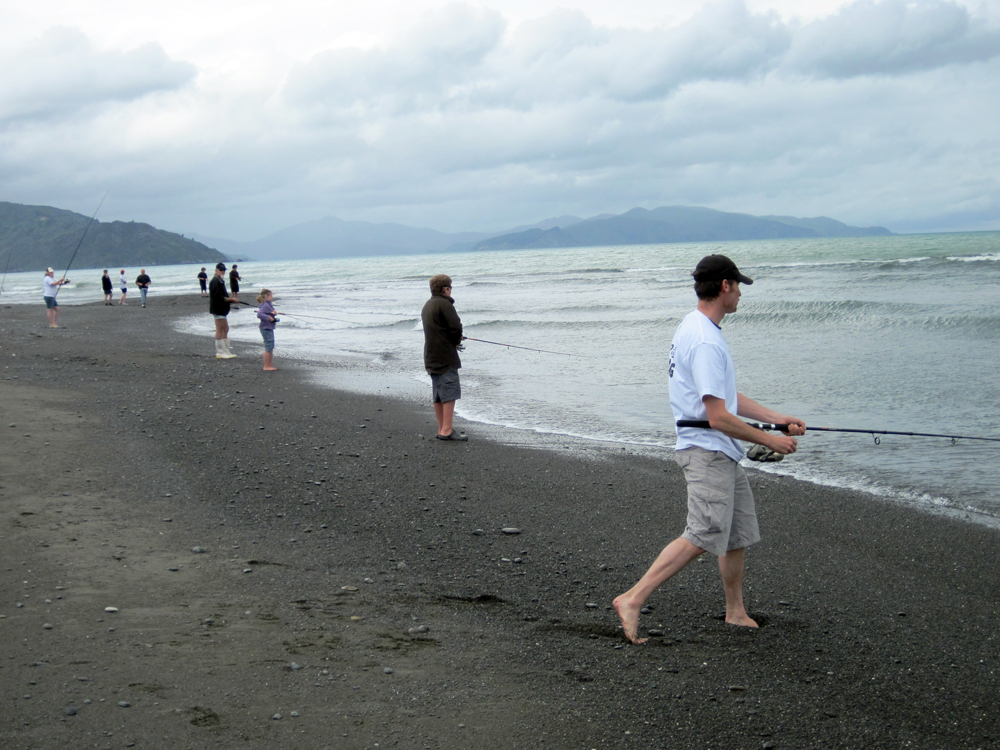
The madness of the QMS
The Quota Management System has short-changed fish, mana whenua and the public since it was established in 1986.
The system was set up with the quota owners having to pay resource rentals. This only lasted a few years. For the past 30 years the commercial fishing industry has not paid for the use of these publicly-owned resources.
“Incredibly, we gave away most of our fisheries at no charge,” said LegaSea spokesman Scott Macindoe. “Perpetual property rights were created out of thin air, fully transferable and tax-free. Those who did the most damage to our fish stocks were the ones who reaped the greatest rewards.
“The public is getting such a raw deal. The promised rebuilds have simply not happened. One species after another is suffering the ‘sustainable depletion’ that inevitably occurs after decades of chasing the mythical ‘maximum sustainable yield’ that the QMS is driven by.”
Macindoe said the QMS had failed both coastal fish populations and those depending on fisheries for their livelihoods.
“To usher in the QMS thousands of artisanal part-time fishermen lost their permits. This had a devastating effect on small, regional communities. Some coastal towns in the Far North and on the East Coast have never recovered. The process to revoke fishing permits had a disproportionate effect on Māori, many of whom fished when the season was right and then worked elsewhere in the off-season. They were the source of good healthy food for their communities. We sure miss these whānau businesses today.”
When the government attempted to introduce new species into the QMS in 1987, Māori challenged the process and eventually settled commercial claims in 1992 with the signing of the Treaty of Waitangi Settlement Deed.
“Māori non-commercial interests in fishing, both customary and recreational, are still affected today by the lack of fish in the water. When Māori are fishing to feed the whānau this is classified as recreational fishing. Research shows that 52% of Māori who fish in the sea say they rely on fishing to feed their families, compared with 27% of the adult population overall.
“Having access to abundant fish stocks is fundamental in providing for both Māori and the public’s interests in fisheries. However, often as not the pathways to abundance are blocked by quota owners wielding so much influence over fisheries management and marine protection matters.”
In his role as LegaSea support and alignment specialist, Macindoe has frequent conversations with people who are frustrated by their inability to have an area set aside for conservation, to remove the indiscriminate and destructive bottom trawling and dredging from our sensitive and highly productive inshore zones or to simply have excessive catch allocations reduced.
“Just 10 entities own 78% of all quota shares today. New Zealand is being held to ransom by a handful of organisations clinging to the status quo. They are dominating the management processes at a great cost to all New Zealanders.
“If we want a future where fisheries are restored to abundance, the QMS has to go.”
The Quota Management System: the sustainable depletion of our fish stocks
- 100 entities own 90% of all quota shares.
- Over 90% of all fish caught in New Zealand waters is harvested by commercial fishers.
- 400,000 tonnes of total allowable catch recorded per year is taken commercially.
- Just 3% of total allowable catch from New Zealand waters is due to recreational fishing.
- Thousands of tonnes of fish are exported for less than $3 per kilo, with no added value to New Zealand.
- ‘Sustainable’ catch limits defined as 20% of original biomass when 40% is the management default (with a few exceptions in the Fisheries Act).
- As at 2019, 56% of the targeted fish stocks are NOT scientifically assessed.


